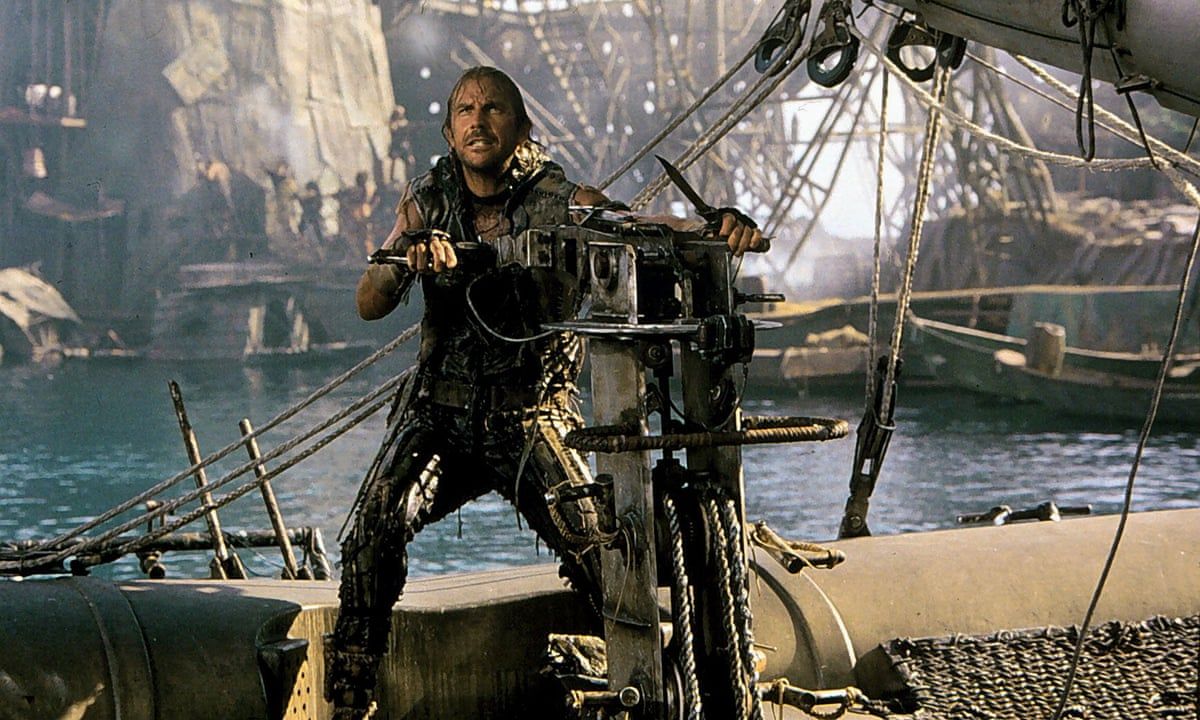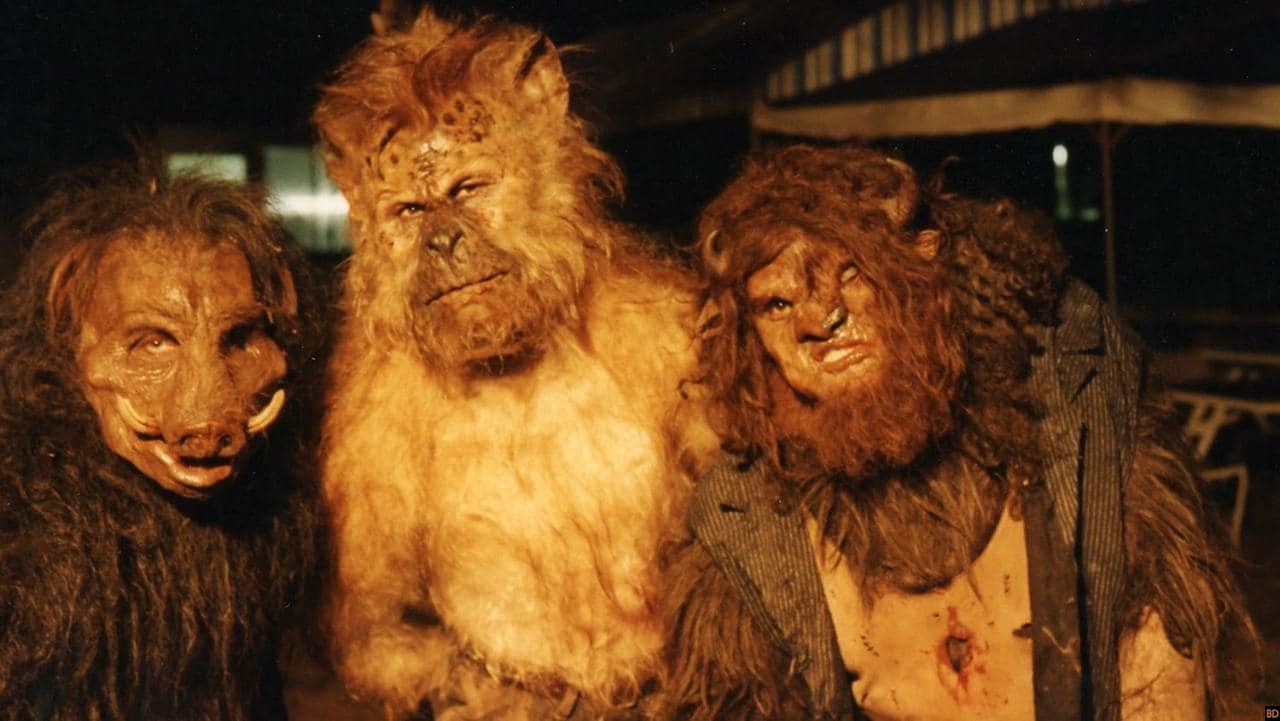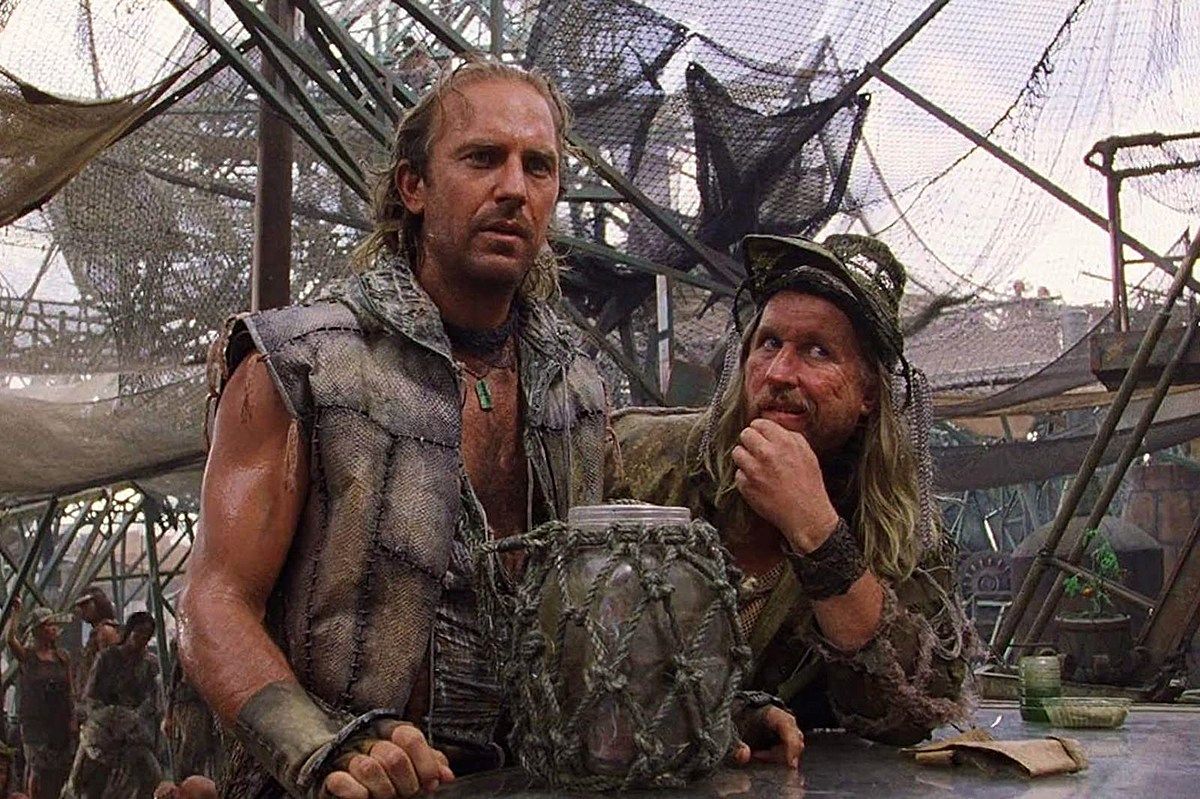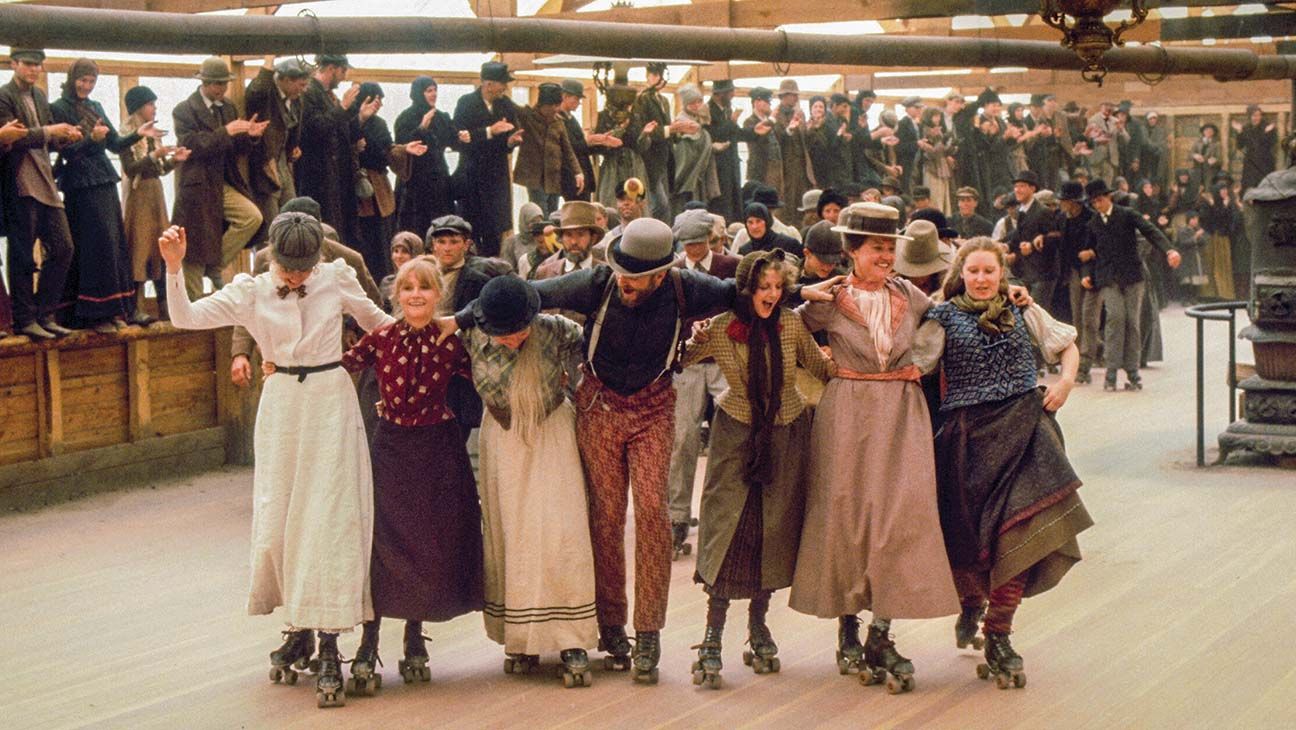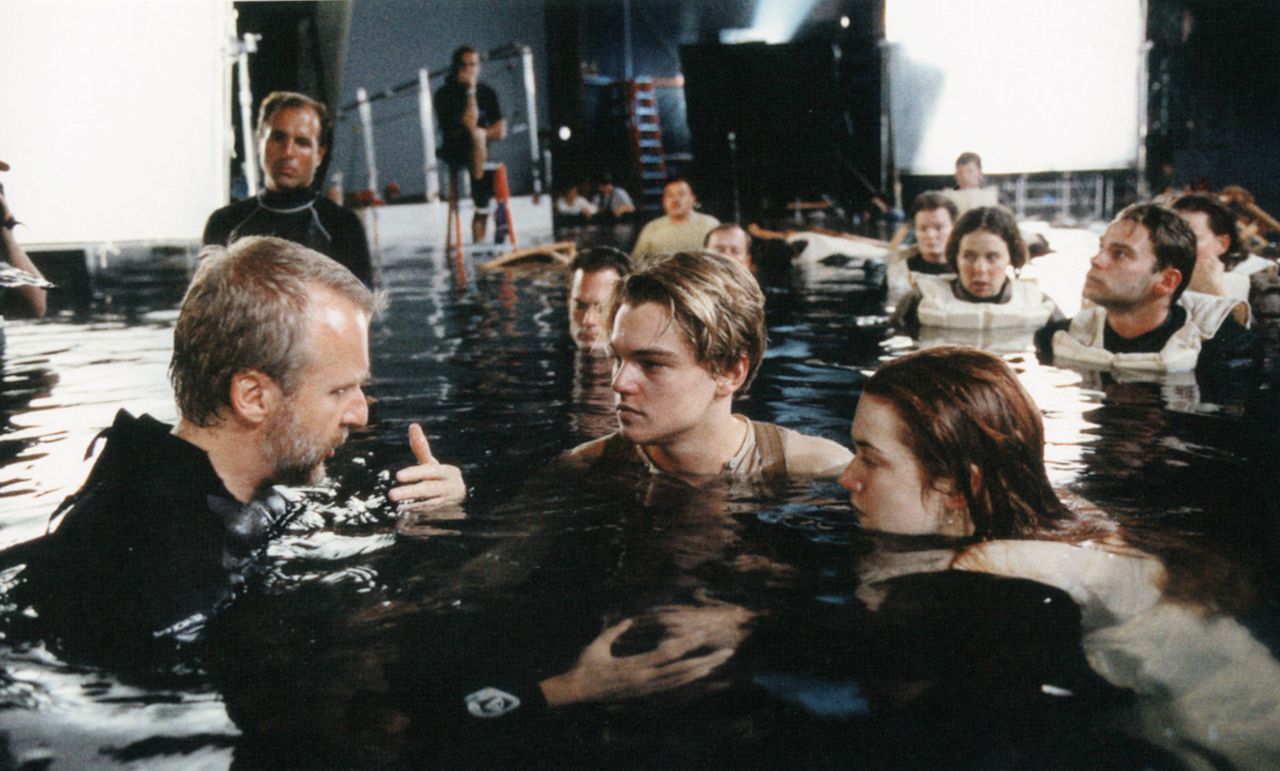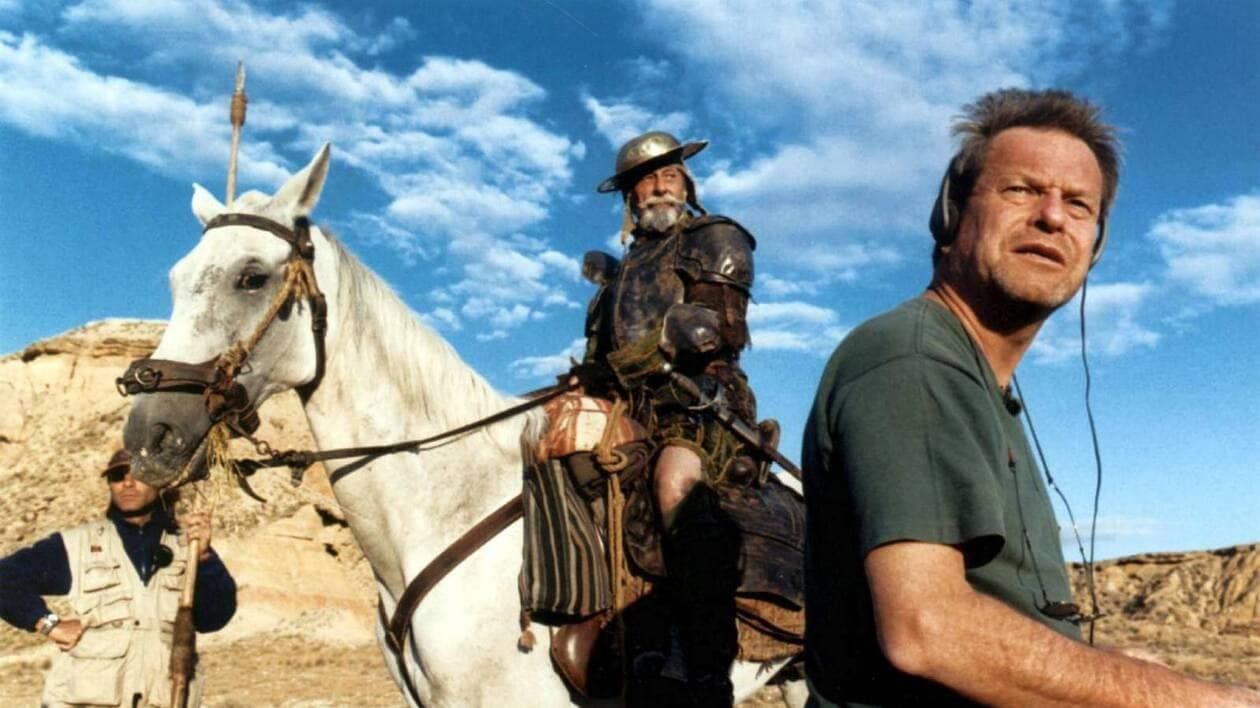Long and laborious projects are not exclusive to the film industry, however with crews consisting of hundreds of people and nine-figure budgets at stake, tensions can grow a bit higher than your average jobsite (especially when big egos get out of control). Sometimes this tension can yield disastrous results, leading to agonizing delays, hate-filled screaming matches between actors and directors, and injuries, not to mention complete and total box office bombs.
Every movie comes with its specific set of challenges which must be overcome during its production, though some stand out in film history for having the most troubled and ridiculously problematic development, to the point where stories of the on-set mishaps make for a much more interesting tale than whatever was being produced. Here are five examples of films where the hellish process of putting them together was the real star of the show.
5 The Island of Doctor Moreau
Based off of the 1896 H.G Wells Novel, The Island of Doctor Moreau was the passion project of the great underrated director Richard Stanley, who ended up fired three days into production. Repeatedly clashing with lead actor Val Kilmer (who decided after production began to reduce his involvement in the movie by roughly 40%), Stanley had to act quickly to move parts around and recast. After studio heads caught wind of the struggling director's problematic relationship with his lead, they relinquished him of his position, believing him incapable of being able to finish the film. Seasoned director John Frankenheimer (of The Manchurian Candidate fame) stepped in as the replacement, though found no such luck in being able to steady the ship, meeting his match with a ridiculously bizarre Marlon Brando, who refused to read the script and literally had the lines piped into his ear via earpiece.
Between harsh weather conditions, script re-writes, and constant childish clashes between lead actors, Frankeheimer claimed after the painstaking production, “There are two things I will never ever do in my whole life. The first is that I will never climb Mt. Everest. The second is that I will never work with Val Kilmer ever again.” After release, the movie got panned by critics and audiences, making back just slightly more than its $40 million budget. Many of the ridiculous stories and moments (including original director Richard Stanley sneaking back on set disguised as an extra) can be viewed in the bonkers documentary Lost Soul: The Doomed Journey of Richard Stanley’s Island Of Dr Moreau.
4 Waterworld
After producing Jaws, director Steven Spielberg vowed never to shoot a movie on water again, citing the difficulties and frustrations, and how easy it is for a simple production to go vastly over its budget. The aptly named Waterworld represents this point of view well-- having involved constructing an entire artificial island off the coast of Hawaii, the cast and crew would have to be sailed out on boats in order to film their scenes, then back again once more for lunch breaks. Multiple injuries took place on set, including Kevin Costner's near brush with death, having been its lead actor-turned-director after Kevin Reynolds stepped away from the project due to various frustrations from its development. The movie did manage to make a profit from its $175 million dollar budget (vastly over-budget by $75 million), though remained a punching bag by critics of the time, and has since become among the most notable examples of movies with a nightmarish development.
3 Heaven's Gate
If an artist had all the time in the world to make their creation perfect, it still wouldn't be enough. Though it doesn't stop some from trying, as is the case for Michael Cimino's legendary bomb, Heaven's Gate, and the long, arduous process of bringing it to life. Being a period western, things had to be just as Cimino envisioned within each shot, and the director was happy to partake in absurd and time-consuming practices in order to bring it to a reality. When he wasn't pausing production to wait for the proper type of cloud to roll by, he was hand-picking each individual background extra for every scene, and having cast and crew drive out three hours to where he insisted a battle sequence be filmed. Ordering a minimum of 32 takes for select scenes, a staggering 1.3 million feet of film was shot for the movie, that of which was edited in secret by Cimino and his editor, with the first cut of the movie being a ridiculous five and a half hours.
Upon release, the movie bankrupted its distributor, United Artists, losing over $40 million at the box-office (roughly $140 million today). The film still has a fan in one of its main actors, Christopher Walken, who cites it as "a beautiful movie" and encourages audiences to "feast your eyes." The film has since received a critical reevaluation, with the Criterion Collection recently releasing a beautifully restored version.
2 Titanic
It's possible that the sinking of the true Titanic went more smoothly than the behind the scenes process for the film that's based upon it. Director James Cameron was described by a writer on set as a “300-decibel screamer, a modern-day Captain Bligh with a megaphone and walkie-talkie, swooping down into people’s faces on a 162-foot crane.” The actors during the production were also subjected to freezing cold water as they attempted to capture authentic shots.
Perhaps the most obscene story to come out of the production however, was when an upset member of the crew decided to spike the seafood chowder on set with the hallucinogenic drug PCP, sending roughly 50 people including the director to the hospital. Despite all these hardships, the film was released to monstrous success and broke all box office records, going on to become an iconic and cultural phenomenon. Sometimes, it's worth it.
1 The Man Who Killed Don Quixote
Things can't get much worse for a movie's production than never even getting to be released. Though The Man Who Killed Don Quixote did eventually see the light of day in select parts of the world back in 2018, it took over 20 years for the infamously troubled film to (in some form or another) finally be finished. The original version began production in September 2000, and Murphy's Law was at work for the cast and crew who faced daily hardships, each more stunting than the last, as if the film was haunted.
Director Terry Gilliam and company found themselves shooting far too close to a NATO airbase, and with constant jet noise blaring through the skies, had to delay their work due to unusable audio. Language miscommunication was also a struggle for the multicultural crew to overcome, and when bad weather destroyed the landscape they were hoping to film on, people began dropping out of the project. Things remained salvageable for a while, that is until the lead actor Jean Rochefort suffered a spine injury on set, causing the entire film to be put on hold indefinitely.
Having finally had a limited release to mixed reviews, the nearly 20-year process seems to not have been worth it for those involved. A movie titled Lost in La Mancha was released in 2002, chronicling the behind the scenes experience of putting together the elusive film. While Don Quixote garnered no more than a lukewarm reception, the documentary salvages the viewing experience and provides us with one of the best production stories to date, becoming much more interesting than the movie itself.

